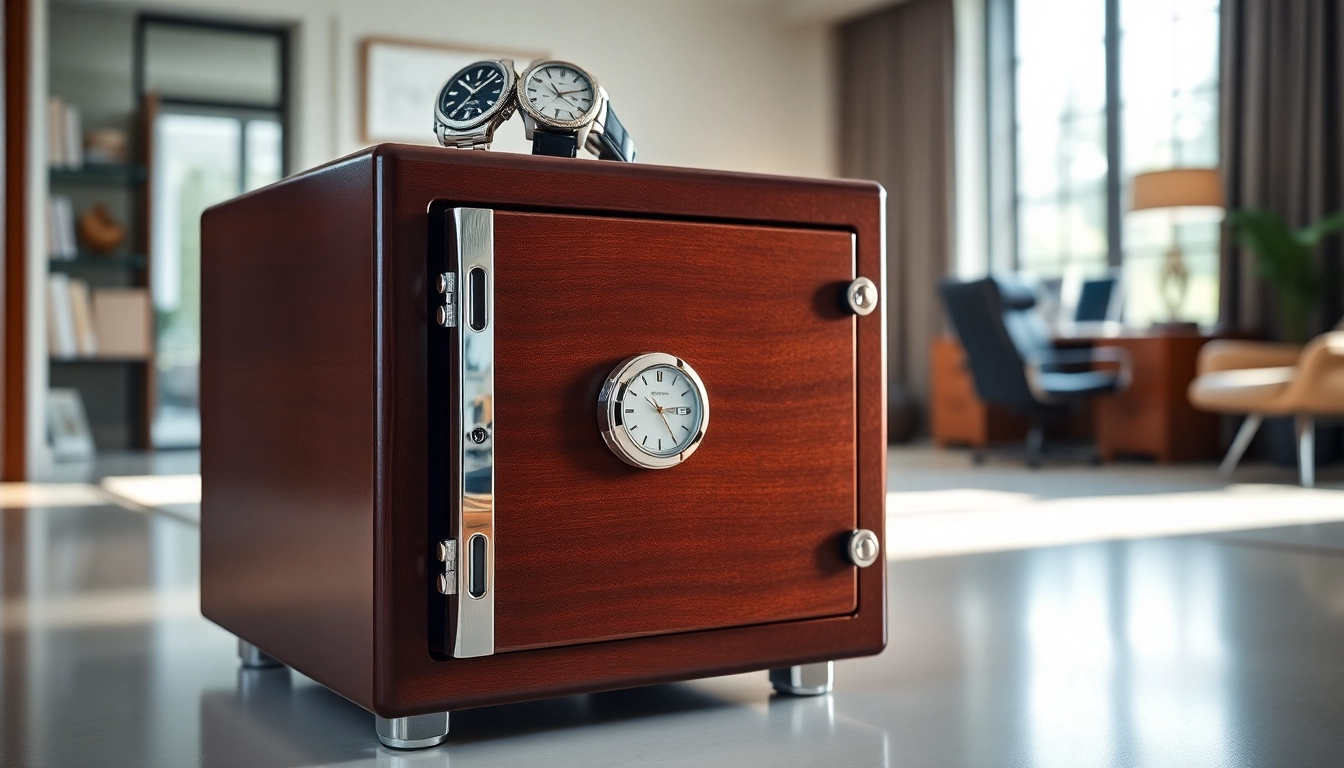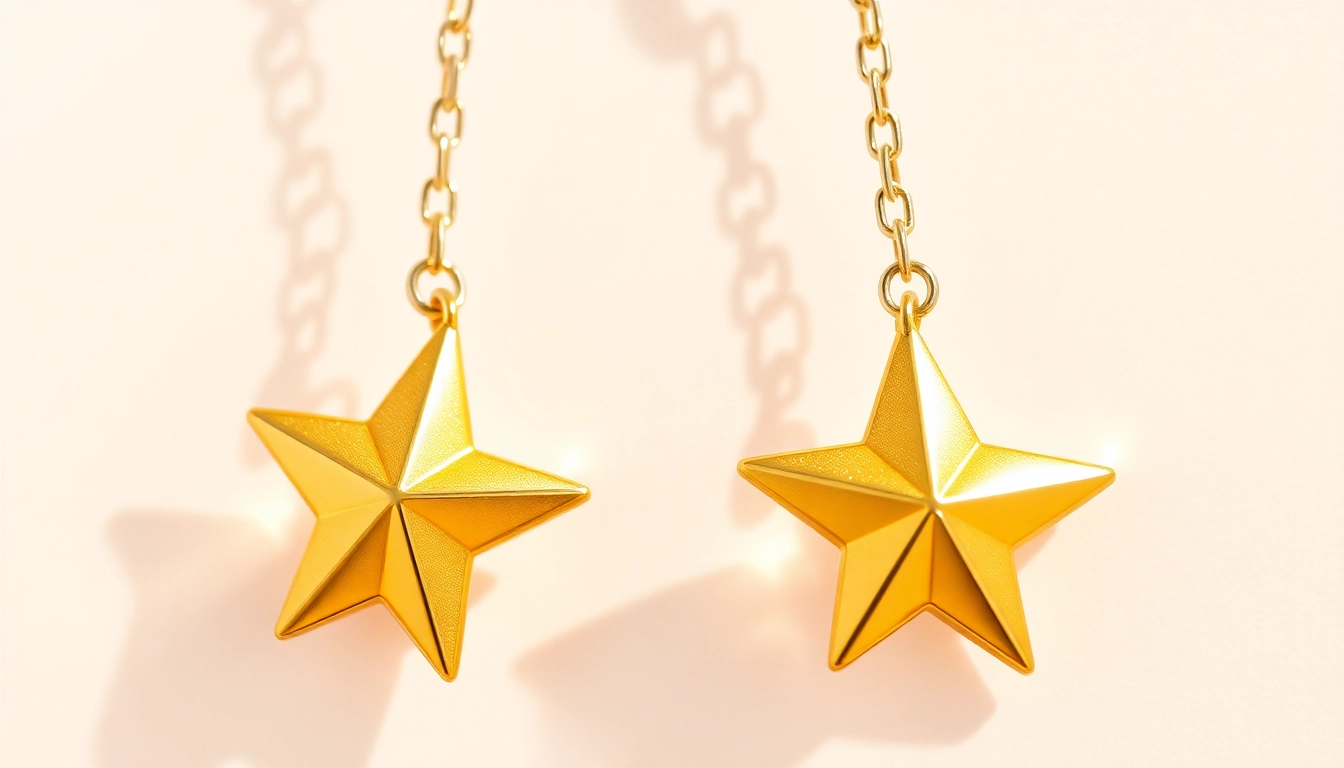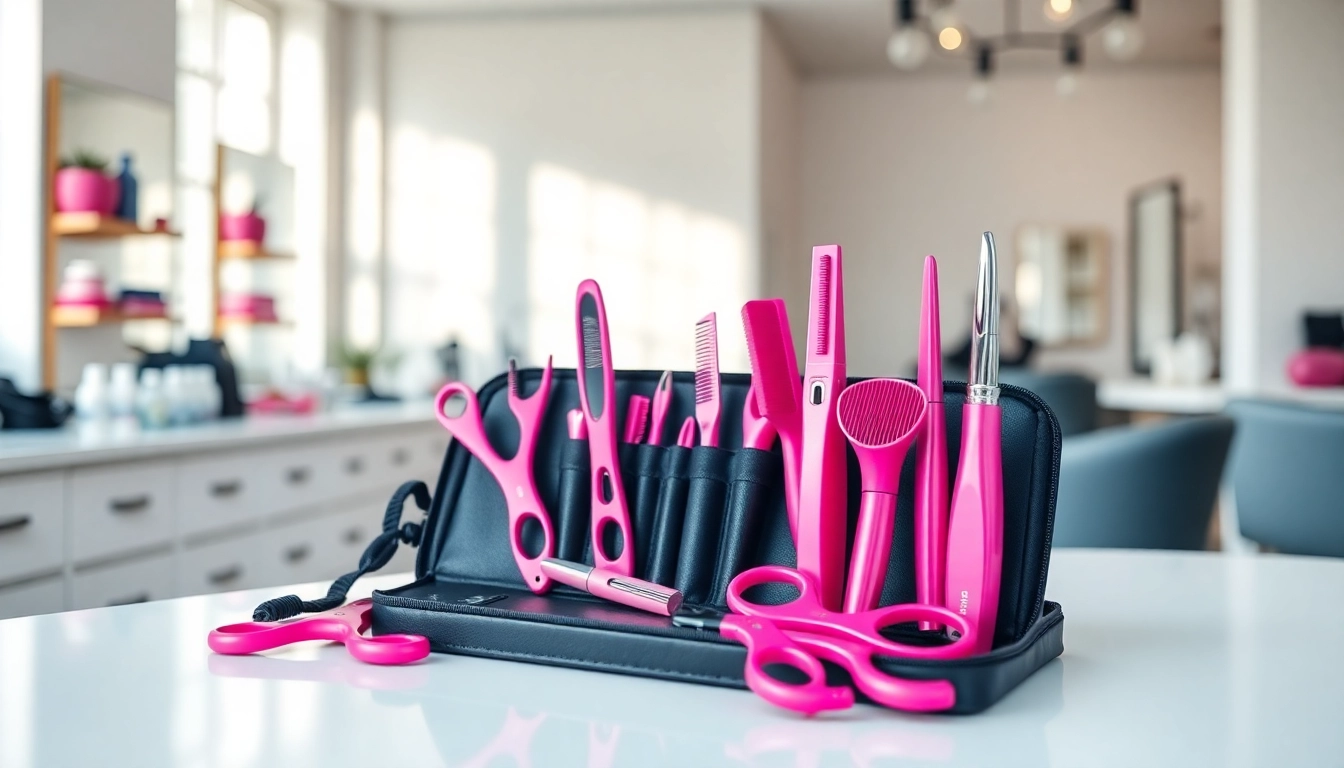Understanding the Importance of a Watch Safe
The investment in high-quality watches extends beyond the purchase price. For watch enthusiasts and collectors, protecting these valuable timepieces is paramount. Whether you possess a modest collection of treasured watches or an extensive array of luxury pieces, a reliable and secure watch safe serves as an essential protective measure. This article aims to delve into the significance of watch safes, guiding readers through their various types, features, and tips for selection and maintenance.
Why Invest in a Watch Safe?
Watches, especially high-end luxury models, often represent significant monetary value. Investing in a watch safe is not merely about securing your physical possessions; it’s about safeguarding your passion, emotions attached to your collections, and your financial investments. Theft, fire, and damage are all risks in daily life, and a watch safe can effectively mitigate these threats. Furthermore, watch safes offer an organized way to store timepieces, preventing scratches and other damage that can occur when watches are carelessly stored or stacked together.
Key Features to Look For in a Watch Safe
When searching for a suitable watch safe, several critical features should be considered:
- Security Rating: Look for safes that adhere to recognized security standards. Higher ratings indicate stronger resistance against burglary attempts.
- Fire and Water Resistance: Opt for safes rated for fire and water resistance, ensuring your watches are protected against natural disasters that could occur.
- Watch Winders: If you own automatic watches, consider safes that come equipped with integrated watch winders, keeping your timepieces wound and ready for wear.
- Capacity: Assess how many watches and additional valuables you need to store. Choose a safe with sufficient space to accommodate your collection.
- Interior Features: Look for padded watch holders, trays, or compartments that will protect your watches from scratches and allow for easy organization.
Common Misconceptions About Watch Safes
Despite the evident need for watch safes, several misconceptions may deter potential buyers:
- They Are Only for Expensive Watches: While high-value watches certainly benefit from additional protection, even regular collections can be greatly enhanced by secure storage.
- All Safes Are the Same: Different safes serve varying purposes. It’s crucial to assess your specific needs regarding security, size, and features before making a selection.
- Watch Safes Are Too Expensive: While some premium safes can be costly, many affordable options provide adequate security without breaking the bank.
Types of Watch Safes Available
Understanding the various types of watch safes available can help you make an informed decision suited to your needs. There are distinct categories categorized by functionality, features, and usage.
Traditional Watch Safes vs. Watch Winders
Traditional watch safes offer basic storage and security, primarily designed to keep your watches protected from theft and damage. On the contrary, watch winders, which can also act as safes, come equipped with motorized compartments that rotate automatic watches to prevent the lubricant from congealing. For collectors who own multiple automatic watches, a safe with watch winder functions can ensure the mechanical movements continue to operate smoothly.
Fireproof and Waterproof Options for Added Security
Aside from security against theft, natural disasters pose a significant risk to your valuable watches. Fireproof safes can withstand high temperatures, protecting your timepieces from damage in the event of a fire. Similarly, waterproof safes offer peace of mind in case of flooding or other water-related disasters. Investing in a watch safe with these protective features is highly advisable for collectors in areas prone to such risks.
Smart Features in Modern Watch Safes
As technology advances, smart features are increasingly integrated into watch safes. Keyless entry systems using biometric fingerprints, mobile app connectivity, and alarm systems add layers of security that traditional safes may lack. These features not only enhance security but also provide a level of convenience and accessibility for modern watch enthusiasts.
How to Choose the Right Watch Safe
Selecting the right watch safe is a crucial decision that encompasses a thorough assessment of your specific needs. Consider these factors to ensure your final choice suits your collection and lifestyle.
Assessing Your Collection’s Size and Value
Begin by evaluating the size and value of your watch collection. Count how many watches you own and identify their worth both monetarily and sentimentally. Larger collections may benefit from spacious safes with multiple compartments and watch winders, whereas smaller collections can be accommodated by more compact models.
Determining Your Security Needs
Establish the level of security required based on your lifestyle and environment. For example, individuals in higher-crime areas may want to prioritize theft-resistant features, while those in rural zones may focus more on fireproof and waterproof capabilities. Take a moment to consider any specific threats that could render your collection at risk.
Setting a Budget for Your Watch Safe
Watch safes vary widely in price, depending on features, size, and brand reputation. By establishing a budget beforehand, you can narrow down your options effectively while keeping in mind that investing in a quality safe is an investment in the longevity of your treasured collection.
Installation and Maintenance of Watch Safes
Proper installation and maintenance of your watch safe are imperative to ensure its security and functionality over the years. Follow these guidelines for optimal performance.
Best Practices for Installing Your Watch Safe
When installing your watch safe, consider its location carefully. Choose a discreet area in your home that is not easily visible to outsiders. If possible, bolt the safe to the floor for added security against theft. Ensure the floor or surface is level to maintain the safe’s integrity.
Regular Maintenance Tips for Longevity
Routine upkeep of your watch safe will prolong its life and functionality:
- Inspect the lock and hinge mechanisms regularly to identify any wear or damage.
- Keep the safe clean and free of dust to prevent any interference in the locking mechanisms.
- If you have a watch winder, regularly check it for functionality and ensure that it is winding your watches correctly.
What to Avoid When Using a Watch Safe
To preserve the effectiveness of your watch safe, avoid these common pitfalls:
- Do not store watches without proper organization; ensure they are placed in specific slots or hooks to prevent damage.
- Avoid overcrowding the safe; each watch should have adequate space to avoid collision damage.
- Do not disclose the combination or key location to anyone outside your household to maintain security.
Frequently Asked Questions About Watch Safes
As you embark on your journey to find a watch safe, you may encounter various inquiries. Here are some of the most frequently asked questions that can aid in your decision-making process.
How Secure Are Watch Safes?
The security of a watch safe largely depends on its construction, locking mechanism, and resistance ratings. High-quality safes built from solid materials with advanced locking systems provide superior protection compared to generic storage solutions. Look for safes that meet or exceed industry standards for security ratings to ensure optimal safety for your collection.
Can Watch Safes Accommodate Other Valuables?
Many watch safes are designed with versatility in mind, allowing you to store other valuable items such as jewelry, documents, or small electronics along with your watches. By ensuring proper organization within the safe, you can maximize its utility while keeping all your valuables secure.
Where to Buy Reliable Watch Safes?
Investing in a reliable watch safe often begins with thorough research. Seek reputable retailers specializing in safes, whether they operate online or within storefronts. Prioritize brands that offer solid warranties and thorough customer reviews, signaling quality and reliability. Always ensure the product specifications meet your security and storage requirements before completing a purchase.


